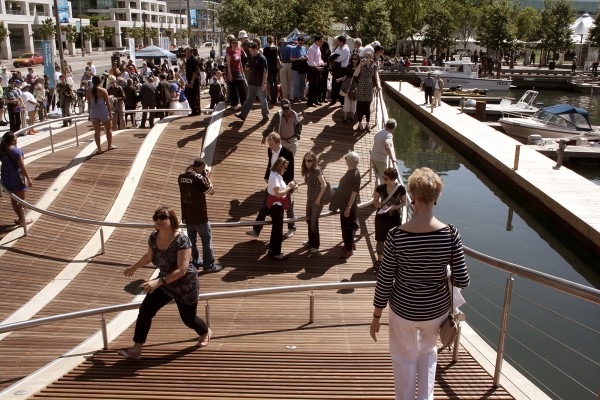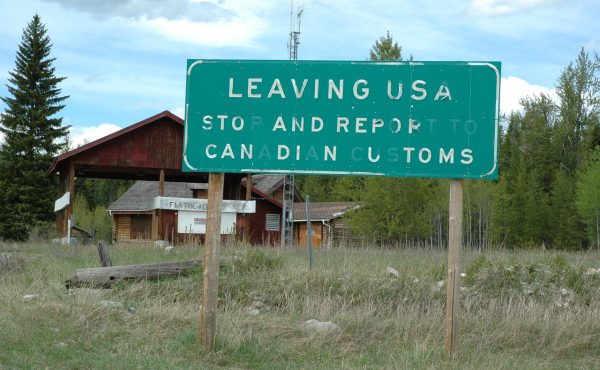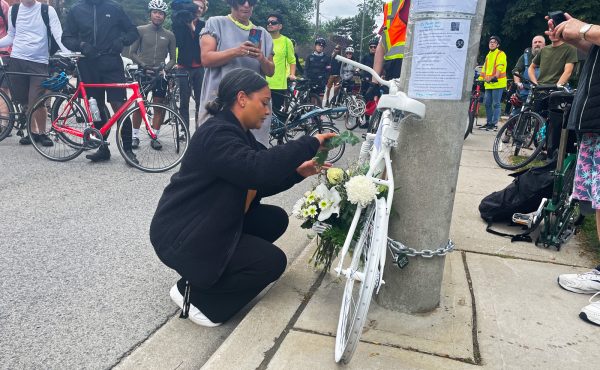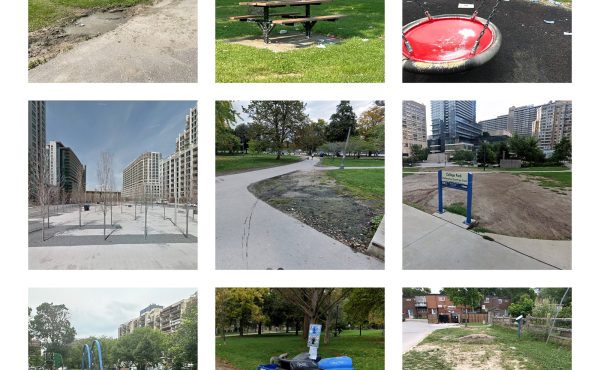Ausma Malik is Toronto’s Deputy Mayor and City Councillor for Ward 10, Spadina-Fort York, home to the central waterfront. She’s the Mayor’s designate on Waterfront Toronto’s Board of Directors.
For the past month in Canadian politics, it’s been hard to know which way is up. Whether it is the President of the United States of America threatening to make Canada its 51st state, a federal election on the horizon and a snap provincial one in progress, or the city budget in process that depends on all of these, the experience has been heightened chaos and disagreement.
So picture, in the midst of this, three levels of government coming together to celebrate and advance twenty years of visionary city building.
If that’s challenging, picture instead the pink umbrellas at Sugar Beach, or the new bridges over the renaturalized and reconnected Don River, or the thousands of units of new housing along Queens Quay East.
The evidence is on our waterfront. It’s real and we’re building more.
Just last week, we announced a nearly $1 billion investment to accelerate the delivery of more than 14,000 homes at Quayside and Ookwemin Minising and enable us to build a city within a city with new parks and homes for 100,000 people, creating over 100,000 skilled trades jobs in the process. These kinds of achievements, these kinds of outcomes, are only possible when we vision big and work together municipally, provincially, and federally.
For the last twenty years, even when political agreement has been hard to come by – just look at the situation down the water at Ontario Place – all levels of government have worked collaboratively through Waterfront Toronto, to transform our central waterfront.
And while our announcement was a visible moment, it was decades of collaboration in the making.
Since the start of my term I’m proud to have led this work in my roles, alongside the board and staff at Waterfront Toronto, to continue to build a waterfront for all that includes: welcoming new neighbours to complete communities, with many housing options; taking climate action by completing flood protection and spectacular new green spaces; and connecting our communities through phased transit investments to bring people from all over to the waterfront.
And at City Council, working with Mayor Olivia Chow to move forward purpose-built rental housing incentives, meeting the moment in the housing market and ensuring we as a City can advance rental and affordable housing builds across Toronto. The first round of incentives includes 1,250 new rental and 550 affordable units at Quayside, with construction to begin in 2026.
And every day, working with residents, businesses, and advocacy organizations to realize new lives, new parks, new homes and transit, all in an amazing setting, the edge of Lake Ontario.
Right now, a lot of people are vying for our attention and support. We may be asked to think small. To slash our public investments, to cut and privatize programs we rely on. To blame our neighbours for the woes we face, to convince us we are on our own.
In the face of this we can turn for direction – as we always do as Torontonians – to the water. We can see Toronto’s waterfront as an example for communities across our city, our province, and our country: where there is housing for all; great public spaces including destination parks and beautiful community centres; accessible public transit – a dedicated Queens Quay E bus lane is on its way – and choices for how to get around including wide sidewalks, bike paths, and roads.
We can build a city where we all have what we need to thrive, when we stay focused on how we can collaborate and what matters most to people.
Over the next few months, we should all be looking for these kinds of commitments to do more, and to do it together.





One comment
Dear Councillor Malik,
Thank you for your informative letter about the Waterfront.
There has been a lot done in the 37 years I have lived on the waterfront and a lot more planned.
I am very concerned about the health of the children and adults that live in the Bathurst Quay area. The air pollution of Ultra Fine Particles and lead fumes from the Avgas from the light aircraft flying in and out of the airport are serious hazards to the health of both children and adults living, playing, and going to school in the area
It seems they are collateral damage in the City’s support of the money-losing and superfluous airport on prime parkland on Toronto Island.
When will you, the Board of Health and City Council place the health of the residents in this part of the City above the financial returns of the investors in Nieuport ?
B Lipton